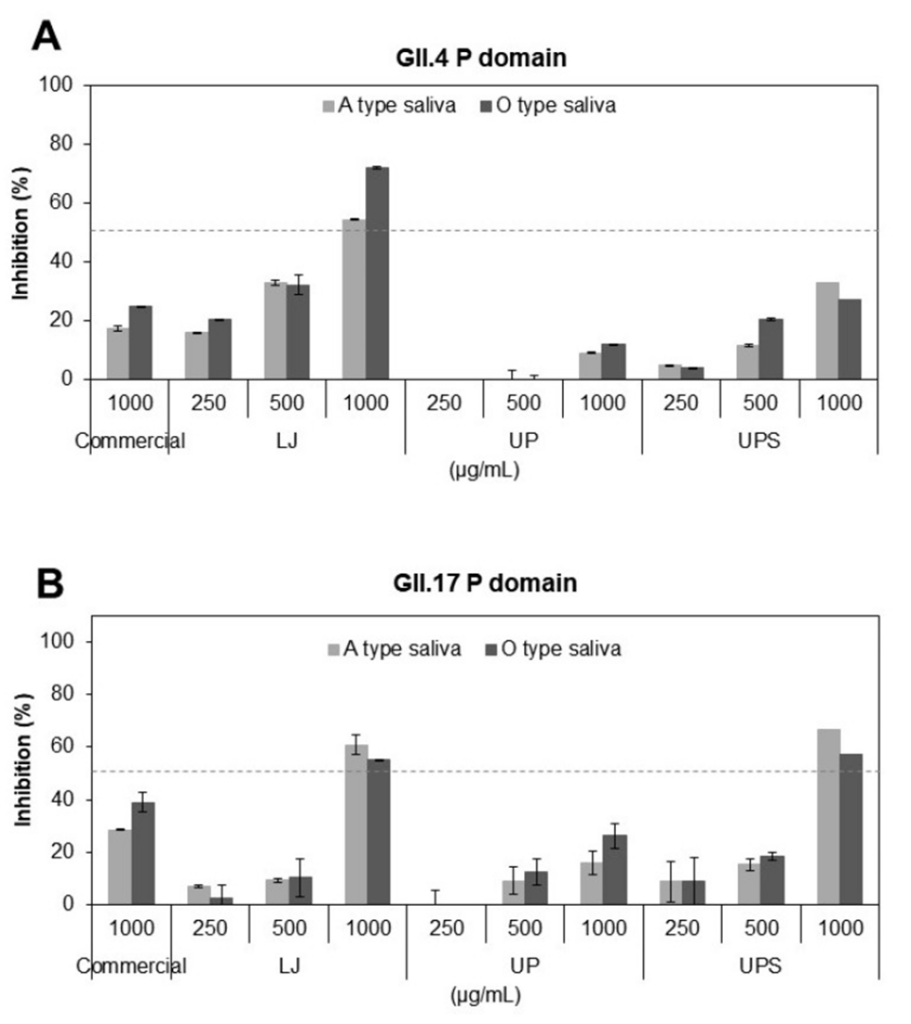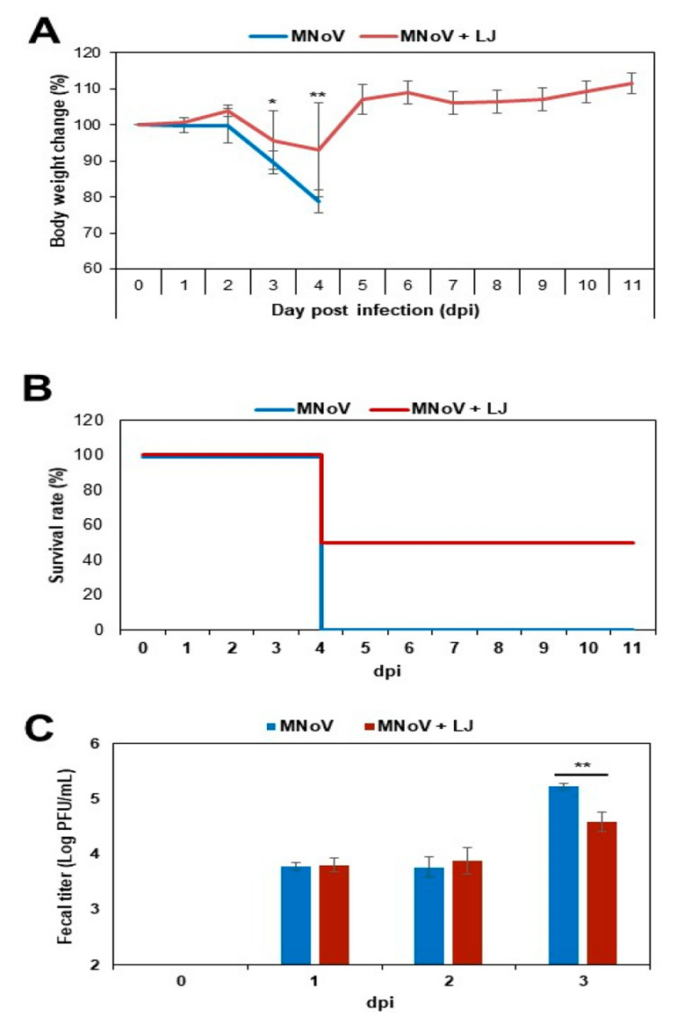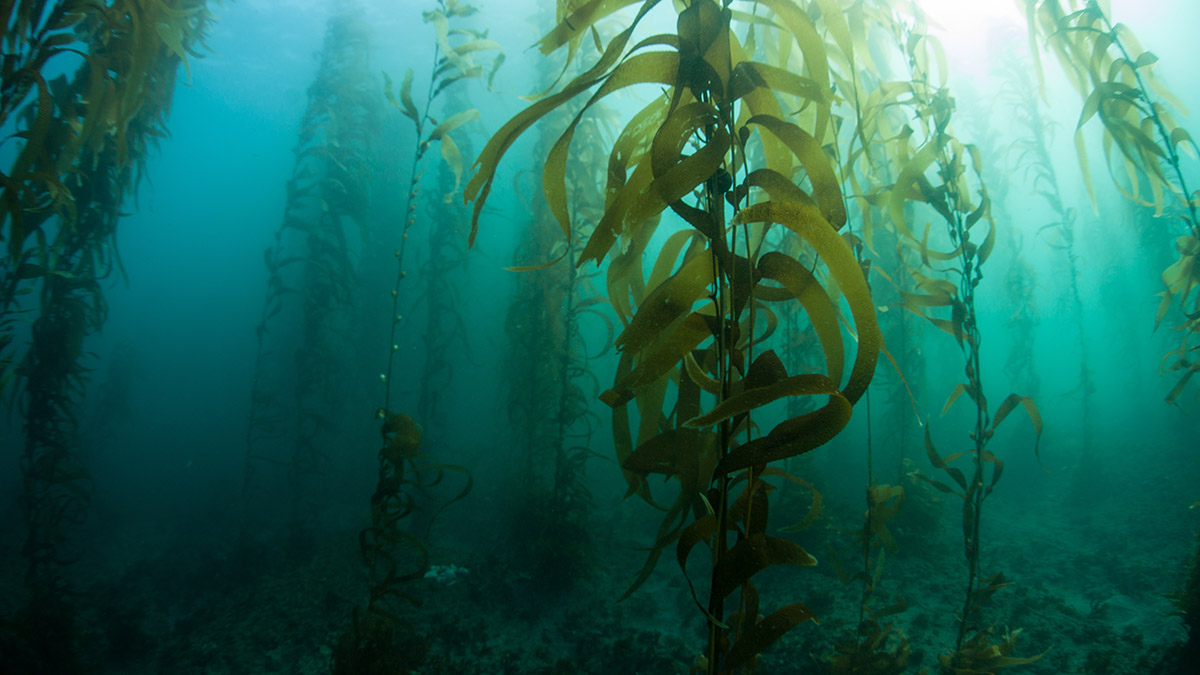Human noroviruses (HuNoVs) are a leading cause of gastroenteritis worldwide, with yearly outbreaks resulting in hundreds of thousands of deaths, making HuNoV infection a significant global health concern.
Despite this, a notable and expanding number of reports are emerging, focusing on the various biological effects that Fucoidans from different species are shown to exert. Fucose-containing sulfated polysaccharides, such as those from Laminaria japonica (LJ), Undaria pinnatifida (UP), and its sporophyll (UPS), are Fucoidans. Antioxidant, anticoagulant, antiviral, anticancer, and antibacterial activities are among the many biological activities observed in Fucoidan. More research is needed to understand the antiviral activity of fucoidan from brown algae against HuNoV, MNoV, and FCV.
In this blog, I would like to share the study, “Inhibitory Effects of Laminaria japonica Fucoidans Against Noroviruses” by Hyojin Kim et al. This study investigated the inhibitory effects of fucoidans from three brown algae—Laminaria japonica, Undaria pinnatifida, and Undaria pinnatifida sporophyll—against murine norovirus (MNoV), feline calicivirus (FCV), and HuNoV.
First, they investigated whether Fucoidans derived from brown algae, LJ, UP and UPS could reduce MNoV and FCV titers in pretreatment mode by plaque assay. LJ, UP, and UPS Fucoidans showed 0.2–0.4 log reductions of MNoV at 100 µg/mL and 0.7–1.4 log reductions at 1000 µg/mL. For FCV, LJ, UP, and UPS Fucoidans showed 0.2–0.5 log reductions at 100 µg/mL and 0.8–1.3 log reductions at 1000 µg/mL. Thus, LJ and UPS Fucoidans showed higher antiviral effects against MNoV or FCV than UP Fucoidans.
Fucoidan’s ability to block the interaction between HuNoV P domains (specifically, those from the GII.4 and GII.17 genotypes) and their receptors (A and O saliva) was investigated, and the results indicated that this inhibition occurred in a concentration-dependent fashion within the range of 250-1000 µg/mL of Fucoidan, as clearly illustrated in Figures 1A and 1B. LJ Fucoidan at 1000 µg/mL showed 54-72% inhibition of the binding of GII.4 P domain to saliva, which had a higher inhibition rate than UPS and UP Fucoidan. Meanwhile, the binding of GII.17 P domain was inhibited by 55-66% by LJ and UPS Fucoidan, which was more significant than UP Fucoidan. Thus, LJ Fucoidan was shown to be the most effective inhibitor of the binding of P domains to the receptor among the Fucoidans used in this study.
Next, they investigated whether LJ Fucoidan improved mouse survival. STAT1−/− mice were orally infected with 3 × 104 PFU of MNoV and administered LJ Fucoidan from immediately after infection until 4 dpi. Mice in the MNoV control group began to show significant weight loss and marked anorexia at 3 dpi, as well as behaviors consistent with physical discomfort and lethargy. At 4 dpi, fecal samples were scarce from MNoV-infected mice, and weight loss reached 21% at 4 dpi. In contrast, mice administered Fucoidan showed little weight loss at 3 dpi and rapidly regained weight by 5 dpi (Figure 2A). The survival rate of mice administered Fucoidan was 50% (Figure 2B).
The survival rate of mice administered Fucoidan was 50% (Fig. 2B). A plaque assay employing RAW cells was used to measure the viral titers within fecal samples collected one day post-infection (dpi); results indicated the presence of MNoV in fecal samples from both the control group and the group receiving fucoidan treatment. However, Fucoidan-treated mice had a greater reduction in MNoV titers (0.6 log reduction) at 3 dpi compared with the control group (significant difference by t-test, p < 0.01) (Figure 2C).
In conclusion, LJ Fucoidan exhibited a significant inhibitory effect against NoV in cell-based plaque assays and effectively inhibited the binding of HuNoV GII.4 and GII.17 P domains to saliva at 1000 µg/mL. Notably, mice administered LJ Fucoidan showed a significant reduction in fecal viral titers and improved survival in STAT1−/− mice.


Source: Viruses. 2020 Sep 7;12(9):997. doi: 10.3390/v12090997
